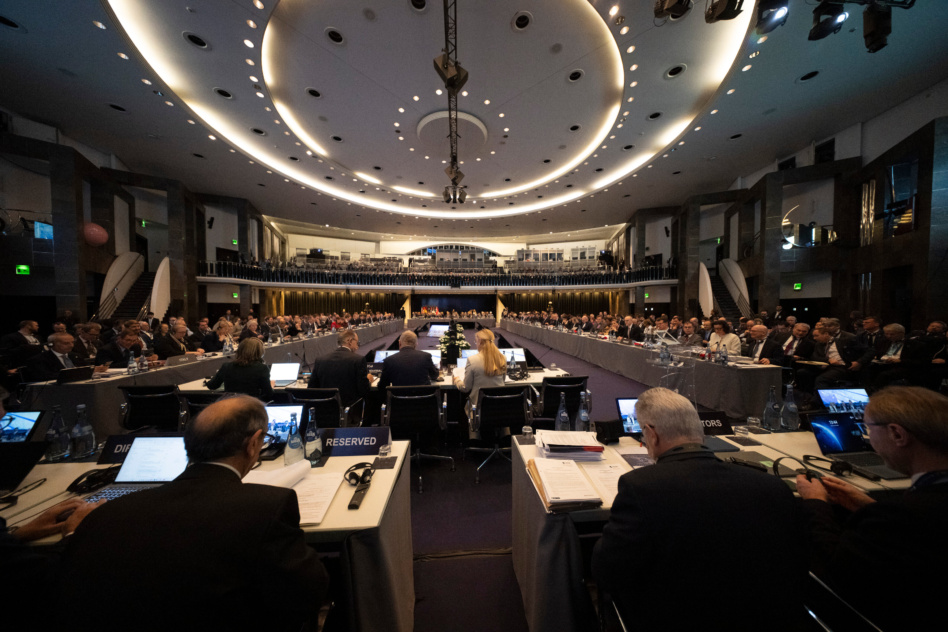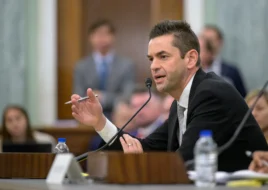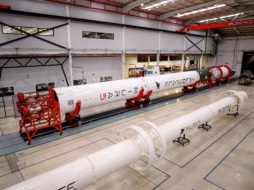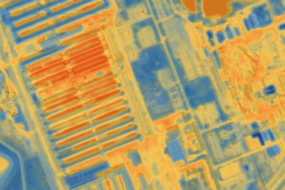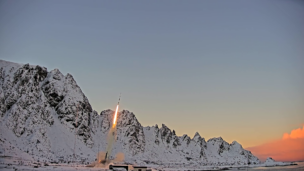This week, ESA member states approved €22.07B in total contributions covering the next three years of ESA operations—up from €16.9B in 2022.
The funding level is not only the highest amount in ESA history, it’s also 99% of ESA’s proposed €22.25B budget—signaling that Europe is fully aligned on the importance of space in securing European security, and underpinning the future economic prosperity of the region.
“We typically reach 90-92%, maybe 93%…this time it’s different,” ESA Director General Josef Aschbacher said at a press conference following the council. “I think this message by Europe needing to catch up, and to step up, and literally elevate the future of Europe through space, has been taken by our ministers very seriously.”
By the numbers: Nations contributing to ESA left the ministerial with huge plans, and 24 of 27 countries upped their contributions compared to 2022. The largest contributors:
- Germany pledged €5.07B, up from €3.48B in 2022.
- France pledged €3.6B, up from €3.14B in 2022.
- Italy pledged €3.46B, up from €3.06B in 2022.
- Spain, now the fourth-largest contributor to ESA, pledged €1.85B, up from €920M in 2022.
- The UK, one of only three nations (along with Sweden and Romania) to decrease its funding levels, pledged €1.71B, down from €1.88B in 2022.
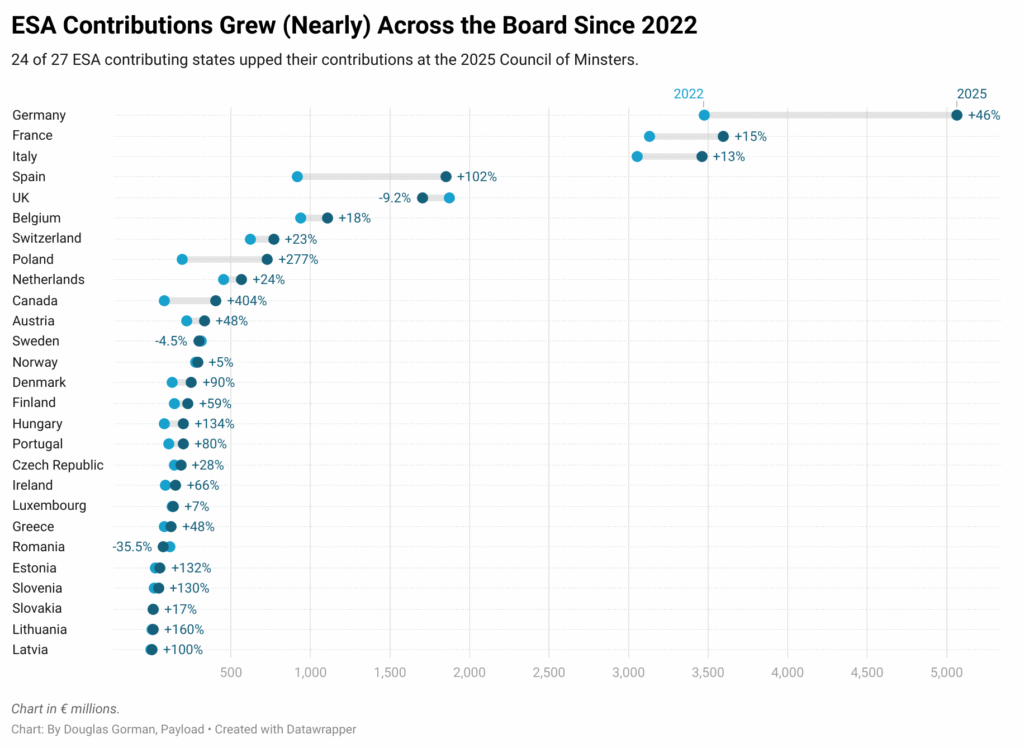
The council also revealed new potential power players in the European market, who pledged vast increases in their ESA commitments compared to 2022.
- Poland upped its funding by +277%, from €194M to €731M;
- Canada, a contributing member to ESA, grew its contribution by +404%, from €81M to €408M;
- Hungary increased its commitment by +134%, from €87M to €204M.
Sovereignty for sale: ESA also revealed its plans for the new funds. These included backing many projects to build Europe’s sovereign access to space, resilient operations in orbit, and future exploration missions to deep space. The projects receiving the majority of commitments include:
- €4.44B for space transportation. This will support the increased cadence of Arianespace Ariane-6 and Avio Vega-C launchers, the five finalists in the European Launcher Challenge, and improvements at Europe’s spaceport in French Guiana for future launches.
- €3.79B for ESA’s scientific program, which is a mandatory contribution based on the size of ESA member states’ economies.
- €3.46B for EO missions, including FutureEO and Copernicus, as well as smaller projects such as ESA’s digital twin initiative and InCubed.
- €2.98B for human and robotic exploration activities, which includes missions to the Moon and Mars, as well as a number of potential missions to deep space.
Business boon: ESA’s record funding isn’t just good for the agency; it’s good for business. As an anchor customer for much of the European space industry, ESA is well-placed to spread the wealth through contracts and cofounding opportunities.
During the council meeting, ESA gathered commitments for many projects that will require cofounding from the private sector to get off the ground. The total package suggests that ESA will spur a further €3.6B investment into the space industry, and on Wednesday Aschbacher held a meeting with officials from the European Investment Bank, which is providing a €500M lending facility to get things started.
The bottom line: It’s a new chapter for Europe. After years of relying on US space infrastructure to get off the ground, ESA’s contributing states are leaving Bremen this year on a new trajectory towards self-reliance. The agency has more funding than ever to set up sovereign access to space, and the region is well on its way to becoming a powerhouse in the global space economy.
The meeting also highlighted the growth in ESA’s international posture, and Aschbacher celebrated many recent international agreements—with JAXA, KASA, and CSA—as a sign that the agency is becoming a more attractive partner on the global stage. ESA has a big three years ahead, and there are many critical milestones still to come, but if all goes well the ESA council of ministers will return in 2028 stronger than ever.
